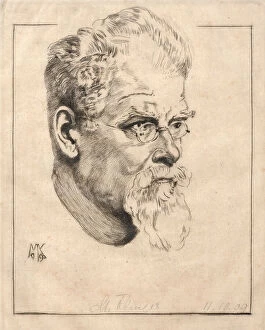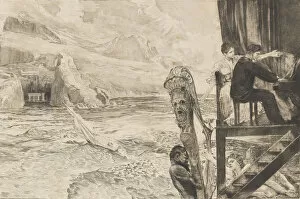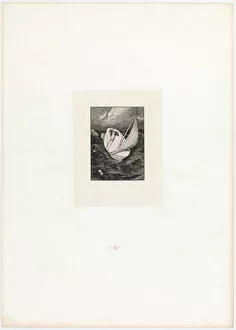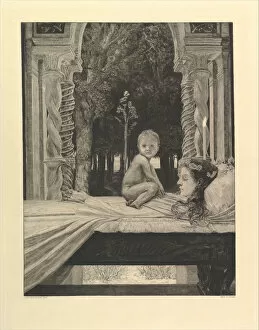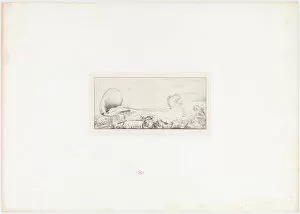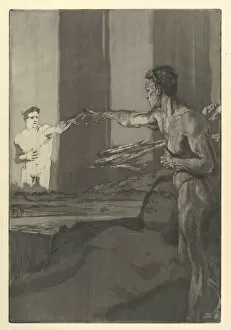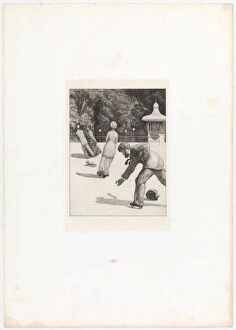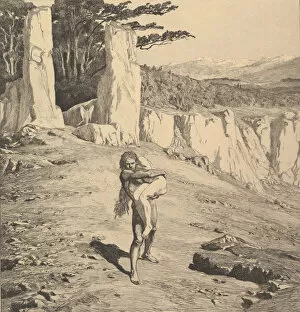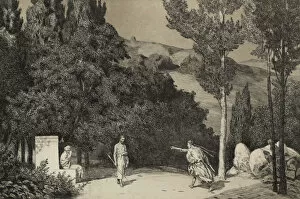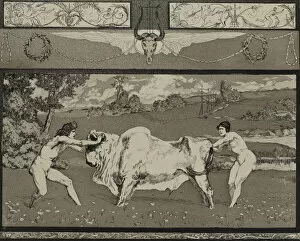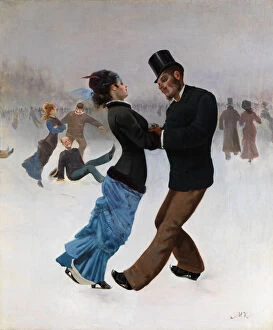Max 1857 1920 Collection
Max Klinger (1857-1920) was a versatile artist whose works spanned various mediums and themes
For sale as Licensed Images
Choose your image, Select your licence and Download the media
Max Klinger (1857-1920) was a versatile artist whose works spanned various mediums and themes. Known for his intricate attention to detail, he captured the essence of different subjects with remarkable precision. In his ice skaters series from around 1920, Klinger beautifully portrayed the elegance and grace of these athletes gliding across frozen landscapes. The delicate brushstrokes and subtle colors bring life to their movements, evoking a sense of tranquility. Another notable piece by Klinger is Opus XII, Brahms Phantasy from 1894. This composition showcases his musical talent as well as his artistic prowess. Through vibrant strokes and harmonious lines, he translates Brahms' music into visual form, creating an immersive experience for the viewer. Venus in the shell carriage is part of the wall decoration at Villa Albers dating back to 1884-1885. Here, Klinger explores classical mythology with meticulous attention to detail. The intricately designed shell carriage carries Venus gracefully through a mythical realm, capturing her divine beauty in all its glory. Klinger's series On Death II delves into deeper themes such as genius, integer vitae (meaning "the whole of life"), war, plague, time and fame - each depicted with profound symbolism and thought-provoking imagery. These artworks invite contemplation on mortality and the human condition. Rescue and Abduction are plates from Paraphrase on the Finding of a Glove created in 1881. In these pieces, Klinger tells captivating stories through dramatic scenes filled with emotion. Each stroke conveys tension or relief depending on the narrative being portrayed. To Beauty is another work from On Death II that showcases Klinger's ability to capture complex emotions within one image - here exploring beauty amidst mortality itself; it prompts viewers to reflect upon their own perceptions of beauty in relation to death. Max Klinger's artistry transcended boundaries throughout his career, leaving a lasting legacy in the art world.

